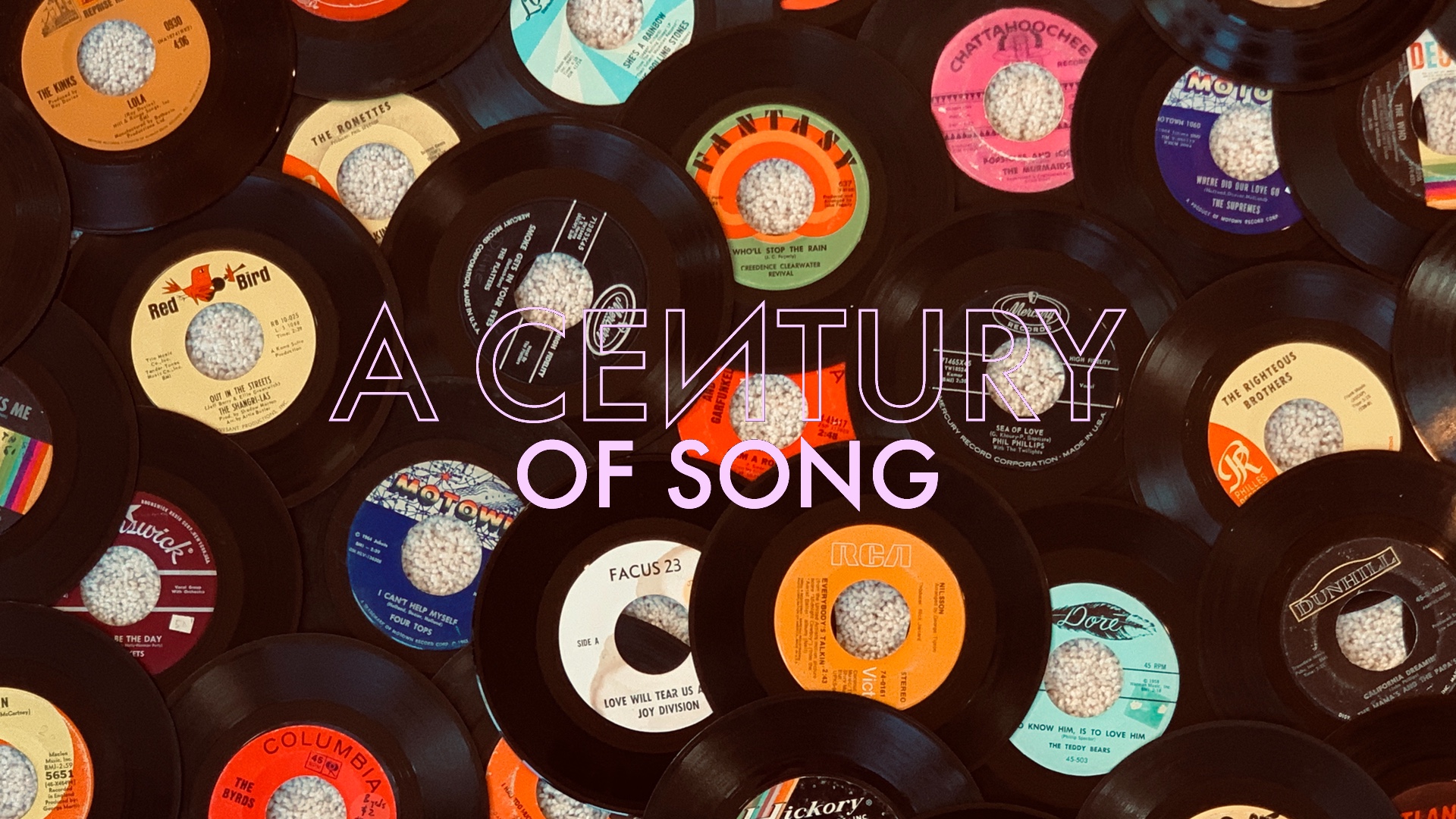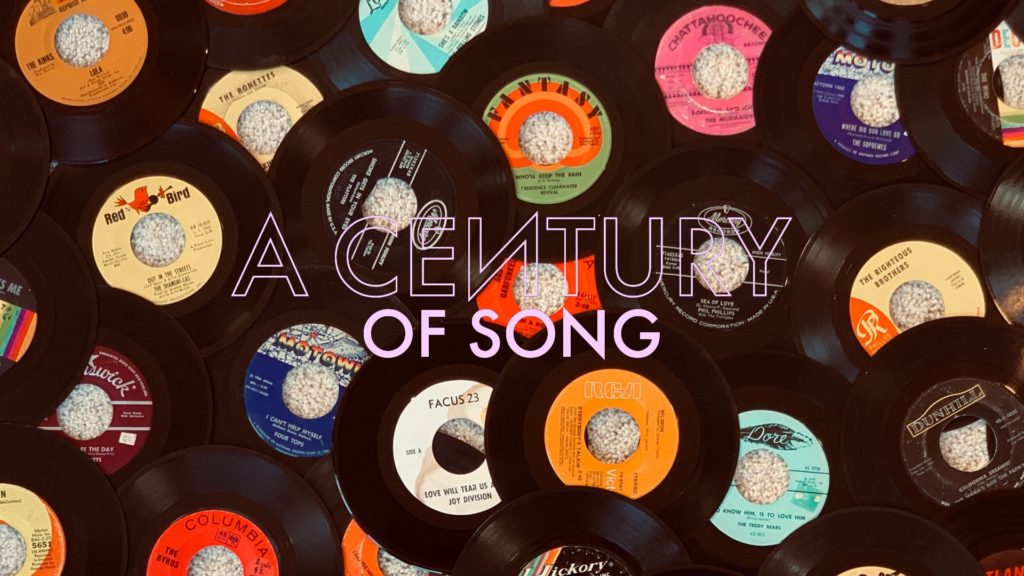
A Century of Song is an attempt to summarize 100 years of popular music through 1000 carefully chosen tracks. Included within this list are landmark singles, stellar album cuts, huge hits, hidden gems, and more than a few personal favorites. Read the introduction for the project here, and enjoy the embedded videos and Spotify playlist.

900
Daniel Johnston has better songs, but none that more perfectly capture the quintessence of his art than “Grievances.” The opening track on his first album, Songs of Pain – which was recorded by Johnston, alone, in the basement of his parents’ home in West Virginia – “Grievances” is Johnston’s Rosetta Stone, as it sets up the central conflict in both his life and his life’s work.
Opening with a piano fanfare as ornate as anything in his “pre-studio” catalog, “Grievances” alludes to Johnston’s real-life unrequited love for Laurie – the funeral director’s wife, for whom he would, in his own words, write a thousand songs. Elements from “Grievances” would return in many later songs (“Man Obsessed,” “Almost Got Hit By a Truck”), and Johnston would even fulfill his in-song prophecy of “heading out west,” where he would find unlikely stardom in Austin.
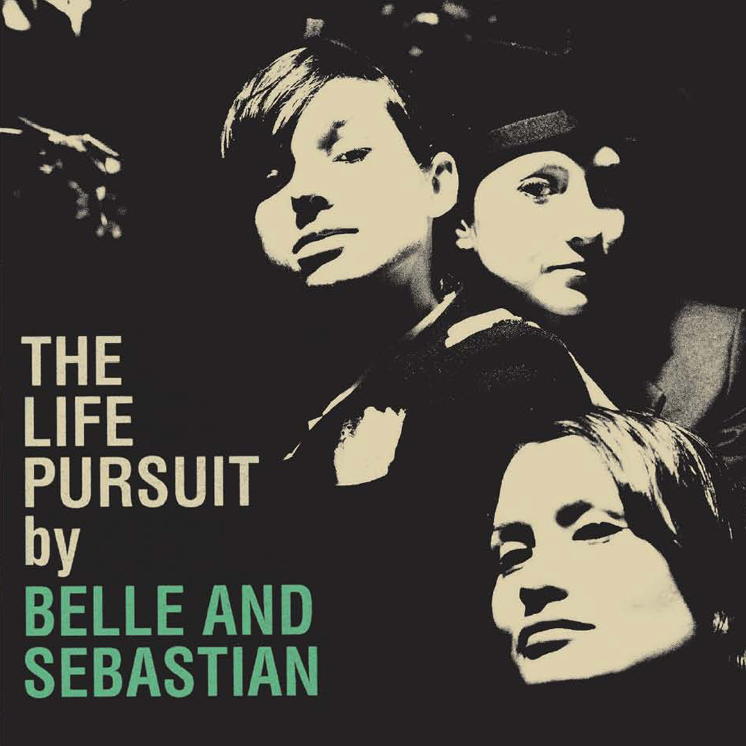
899
The consensus is that Belle and Sebastian peaked early, but the Glasgow group continued to turn in strong records well into its second decade of work. 2006’s The Life Pursuit is a consistently excellent album that found Stuart Murdoch and company expanding their range beyond the baroque pop confines of their earlier recordings.
The highpoint of The Life Pursuit, “Another Sunny Day” is a chorus-less song, but one that manages to stand with the catchiest tracks in Belle and Sebastian’s catalog regardless. Murdoch’s soaring melody is one of his finest, and the song’s brisk pacing and interweaving guitars provide a warm backdrop for his vividly descriptive lyrics.
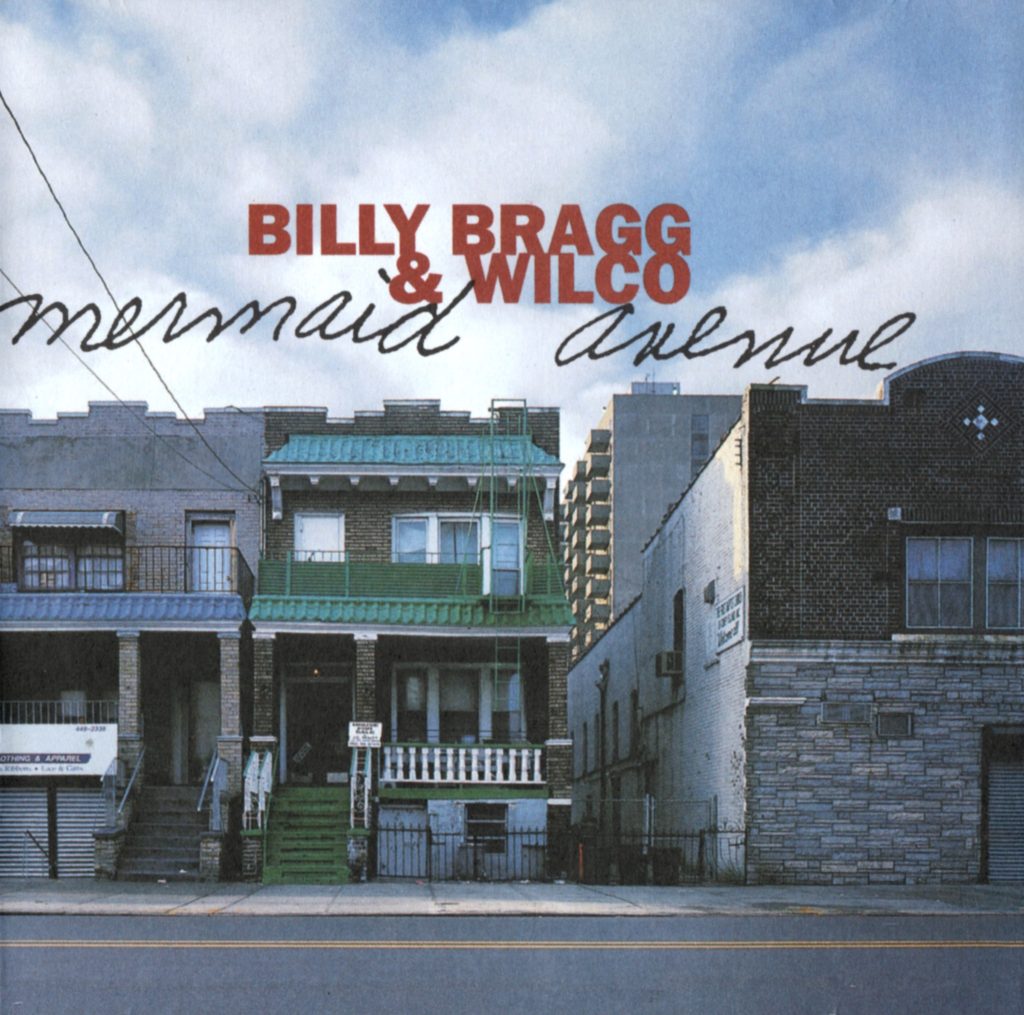
898
There were a lot of ways in which 1998’s Mermaid Avenue could have gone wrong. Nora Guthrie, daughter of the legendary folk singer Woody Guthrie, asked British folkie Billy Bragg to bring a set of her father’s unfinished songs to life. Bragg, who was on somewhat of a downward artistic trajectory, enlisted the support of Wilco – themselves in the midst of the tumultuous sessions for their third album, Summerteeth.
Reportedly, the sessions for Mermaid Avenue found tension emerging between Bragg and Wilco, but none of that can be heard on “Way Over Yonder in the Minor Key.” One of the most autobiographical tracks on the album, it finds Bragg – thick Essex accent and all – doing a surprisingly-convincing reading of the Oklahoma-born Guthrie’s story. He’s joined by Natalie Merchant, who provides a fantastic harmonic counterpoint, and helps to emphasize the back-and-forth boy/girl taunting of the lyrics.
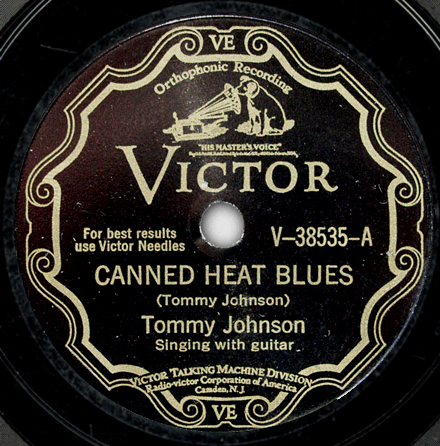
897
A lifelong Mississippian, Tommy Johnson was one of the premier bluesmen of his time. Noted for his voice, which could leap from a low moan to a high falsetto in a single syllable, Johnson recorded just seven singles during his career, but left an indelible mark on future blues musicians.
Johnson’s most recognizable song, “Canned Heat Blues” describes a lost soul so consumed by alcohol addiction that he resorted to drinking Sterno cooking fuel. Reportedly, it was an autobiographical tale, though Johnson was known to engage in personal myth-building. After all, it was he, who – years before Robert Johnson’s alleged deal at the crossroads – first spun the tale of selling his soul to the devil in exchange for his otherworldly talents.
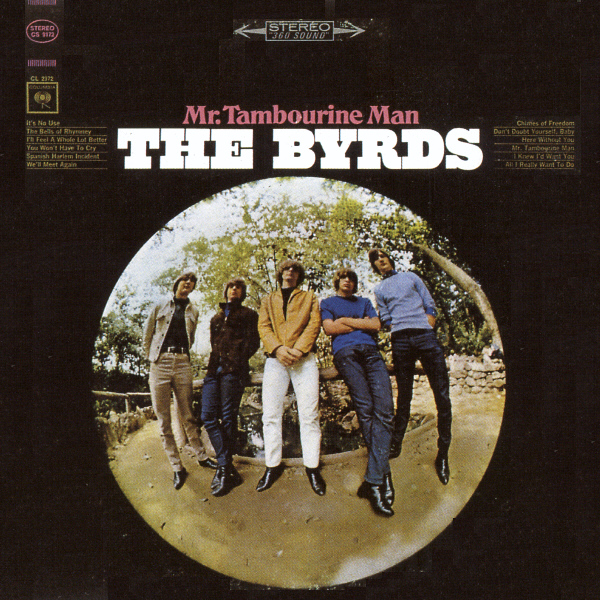
896
While the first two singles by The Byrds saw the Los Angeles band adapting Bob Dylan songs to a folk rock setting, their B-sides were both penned by singer/guitarist Gene Clark. Appearing on the flip side to “All I Really Want to Do,” “I’ll Feel a Whole Lot Better” is one of the best tracks in the group’s catalog.
Featuring all of the elements of a classic Byrds recording – Roger McGuinn’s chiming Rickenbacker 12-string, bittersweet lyrics, and impeccable group harmonies – “I’ll Feel a Whole Lot Better” was a perfect synthesis of the band’s two primary influences: Dylan and The Beatles. Though it was initially relegated to a B-side, the song managed to achieve the group’s first chart success with a self-written track.
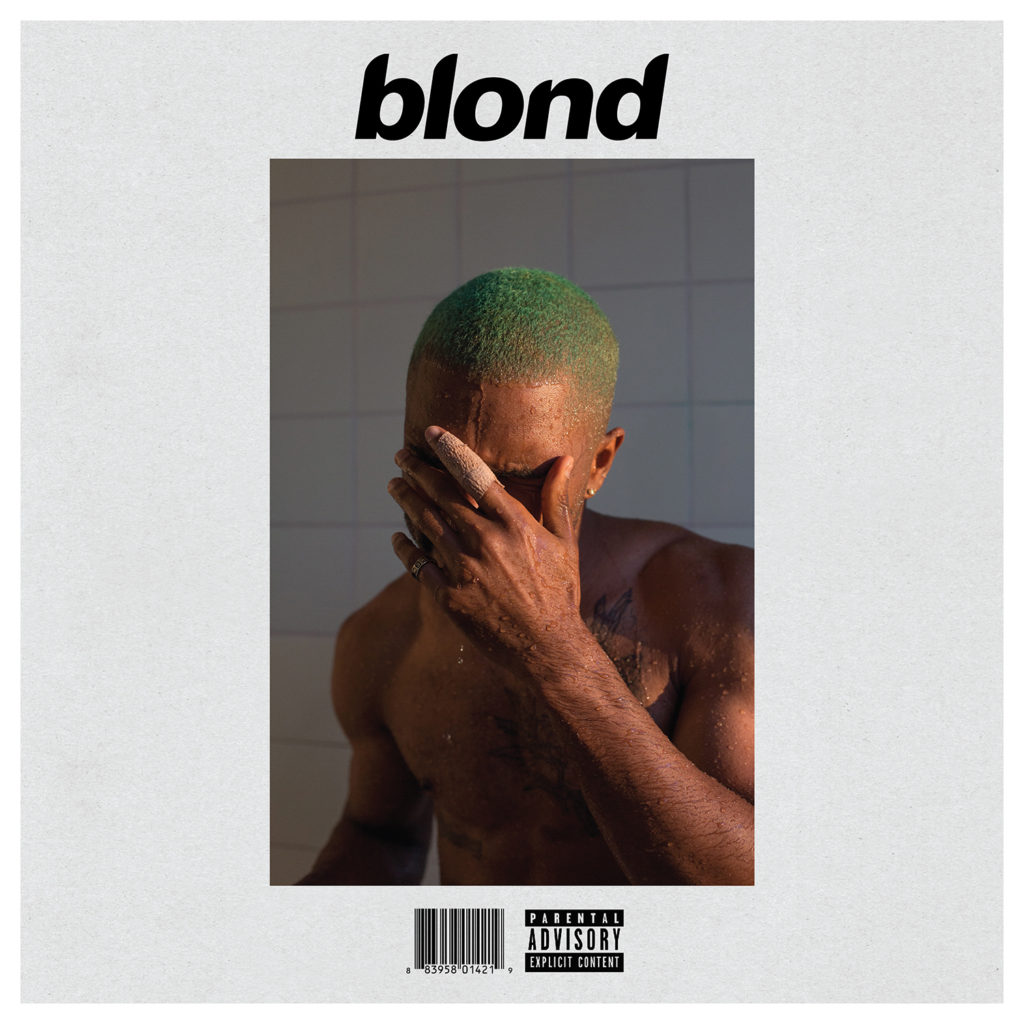
895
For fans of Frank Ocean’s 2012 debut album, channel ORANGE, the wait for a follow-up was excruciating. Ocean did little to help, by long-teasing the album that eventually arrived as Blonde in 2016. Whereas channel ORANGE was full of lushly-produced, immediately-appealing pop tracks, Blonde initially came off as somewhat slight by comparison, but has ultimately become preferred by many fans and critics.
One of several highlights from Blonde, “Pink + White” is representative of its parent album in its minimalist presentation, but careful attention reveals the considerable depth of the production. Ocean’s voice is particularly strong on the track – so much in fact, that one might miss the Beyoncé cameo in its concluding moments.
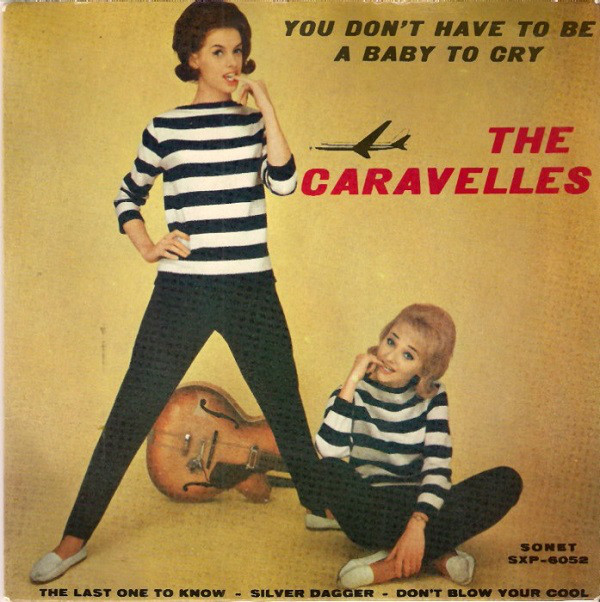
894
After a great deal of soul searching, I’ve decided that I’m only going to allow myself to use the word “ethereal” once per twenty-song entry (that one didn’t count). Despite the fact that one of the songs in this installment is literally called “Floating,” I’m gonna use it here, on the lone hit by the British girl group, The Caravelles.
“You Don’t Have to Be a Baby to Cry” had been recorded several times by other artists before The Caravelles made it the title-track to their first album, but their version was the definitive take, and the highest charting. In the preferable mix of the song, the vocals of Lois Wilkinson and Andrea Simpson are bathed in a heavy fog of reverb, combining into a co-lead, as light, airy, and e t h e r e a l as the song’s delicate instrumental backing.
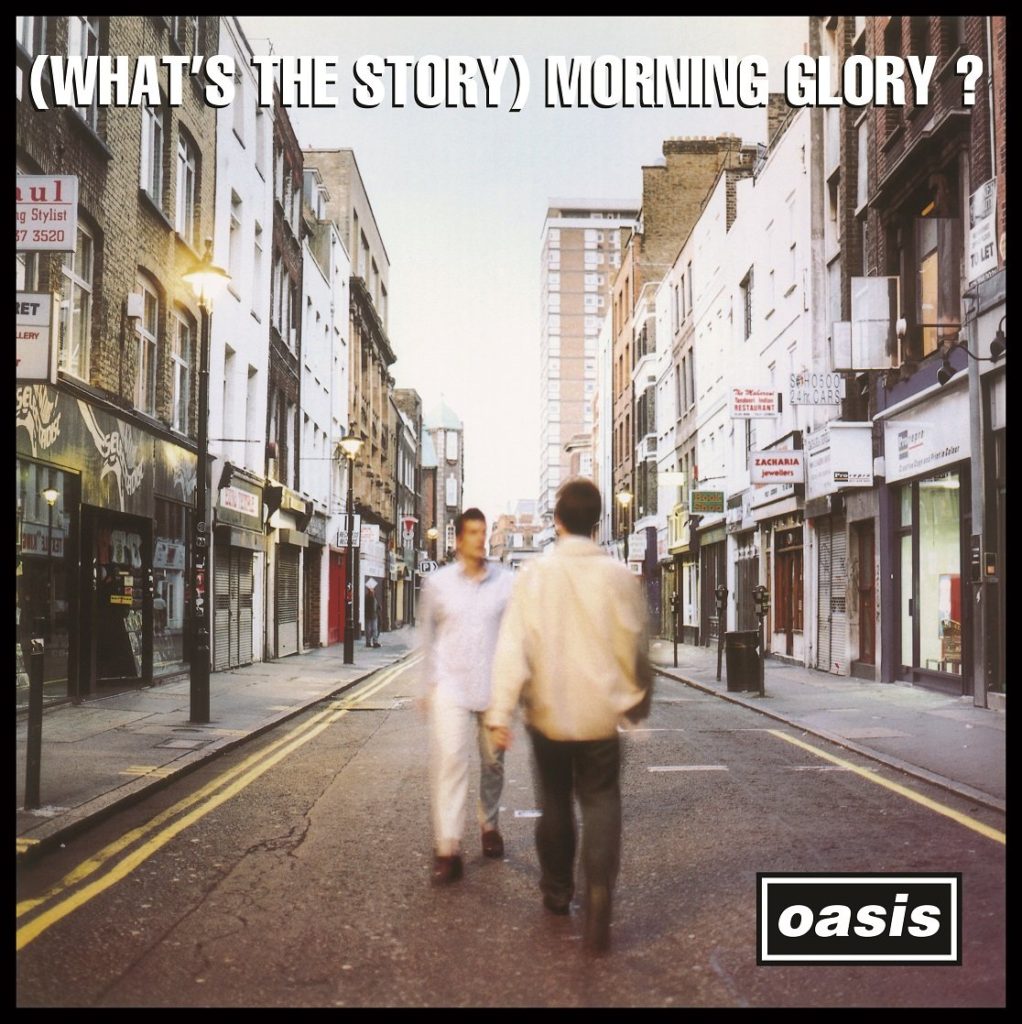
893
One of my most closely-guarded secrets in high school was that I actually loved this song. It may be tough to explain why, but the Gallagher brothers were all-but-defined as “persona non grata” in my circle – an initiative that I was probably the initiator of. Keep in mind, Liam and Noel were the definition of “wankers” in the nineties; so much in fact, that I stayed lukewarm on pretty much the entirety of Britpop until Radiohead forced me to pay attention.
“Don’t Look Back in Anger” was far more appealing to me than “Wonderwall” (too sluggish) or “Champagne Supernova” (interminable, even in its single edit). Plus, as a bonus, it didn’t feature Liam – easily the more obnoxious of the two Gallaghers. The track actually managed to strike the Beatlesque chord that the group always aimed for, but rarely actually hit, and its soaring chorus made it the true highlight of (What’s the Story) Morning Glory?
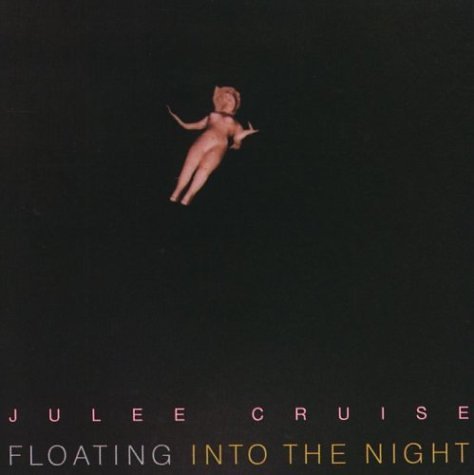
892
A collaboration between herself, composer Angelo Badalamenti, and director David Lynch, Julee Cruise’s debut album, Floating Into the Night, was highly influential in the emergence of the “dream pop” sound. Released shortly in advance of Lynch’s Twin Peaks, the album has become inexorably linked to the landmark television show.
While it’s not officially one of the Twin Peaks songs, “Floating” undoubtedly shares the atmosphere of Lynch’s signature creation. Its jazzy synth arrangement makes for an eerily compatible pairing with Cruise’s soft vocal – creating the same kind of “something’s off here” juxtaposition that is a hallmark of Lynch’s work.
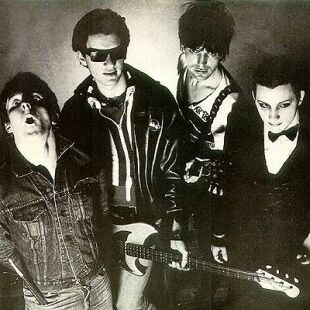
891
Widely considered to be the first British punk single, “New Rose” was a landmark debut for London’s The Damned. While punk rock ultimately evolved more than it arrived, there is definitely a sense that the song’s late-1976 release represented the beginning of a fascinating new chapter in the history of popular music.
The speed, ferocity, and bare bones production of “New Rose” marked a departure from anything else on the British charts at the time, but those elements obscured the fact that it was actually a rather giddy track. While it comes off as a song extolling a new romantic interest – an interpretation aided by the opening nod to The Shangri-Las’ “Leader of the Pack” – Damned guitarist Brian James wrote the track about the excitement he felt over the blossoming punk movement that his group was a part of. That excitement is palpable in this massively influential recording.
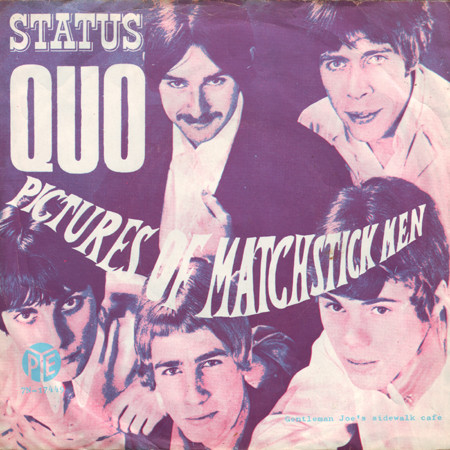
890
While The Status Quo would eventually become one of the longest-running success stories in British rock music, their first hit stands in contrast to the boogie rock stylings that the band would build their career on. “Pictures of Matchstick Men” is one of the definitive British psych singles – one that brought the group considerable international success as well.
“Pictures of Matchstick Men” is immediately gripping, with its vaguely “eastern” guitar riff – repurposed as a violin on Camper Van Beethoven’s excellent 1989 cover of the song. Brought further into the psychedelic realm by its flange effects and surrealist lyrics, “Matchstick Men” finds a perfect sweet spot between “out there” and accessible.
Rather than including the studio version in the video link, I opted for the band’s 1968 performance on Top of the Pops. Even though it reminds us of the unfortunate existence of disgraced host Jimmy Savile, the clip shows a band positively beaming through their hard-earned big break – particularly vocalist/guitarist Francis Rossi, who sports an incredulous “how did this happen to me?” look throughout.
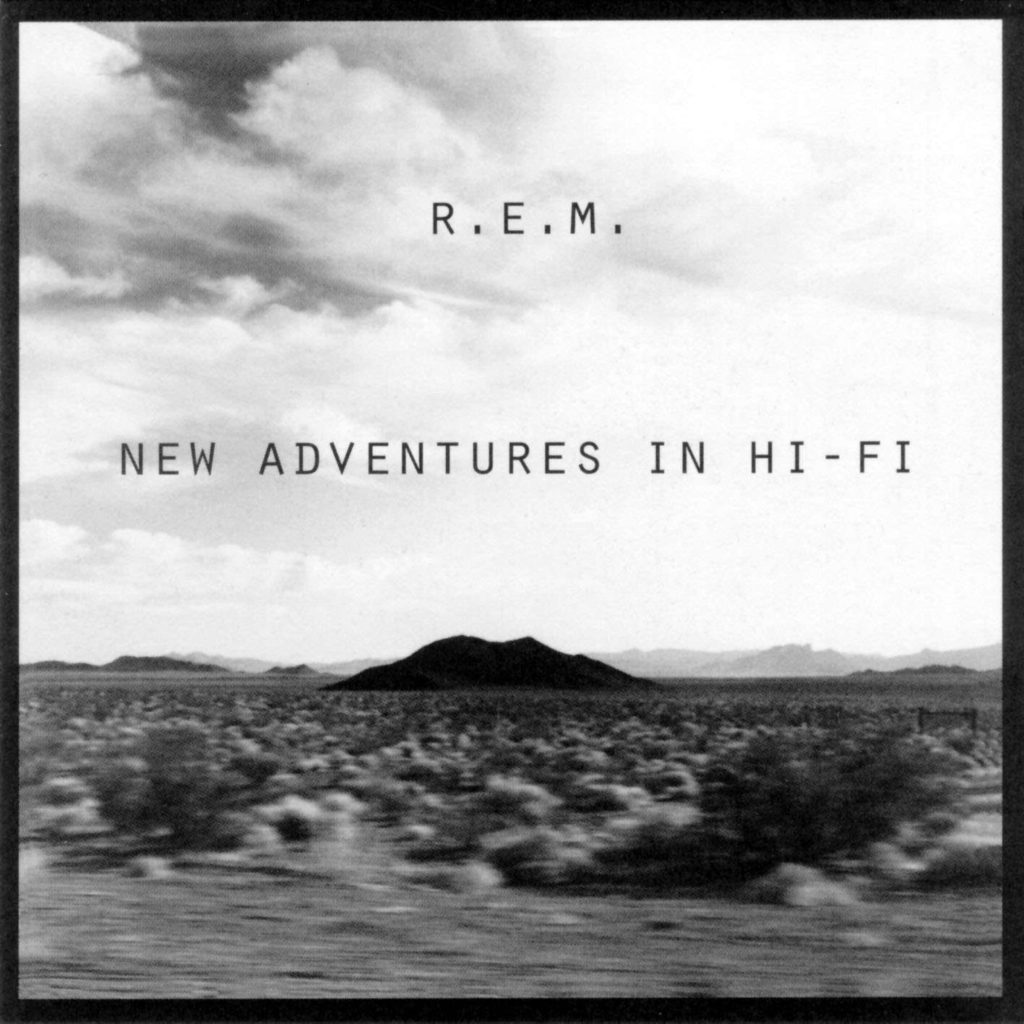
889
An EBow is an electronic device that allows a guitar to mimic a stringed instrument played with a bow. As used by Peter Buck in “E-Bow the Letter,” it creates a controlled feedback drone that adds a hauntingly atmospheric layer to one of Michael Stipe’s finest sets of lyrics.
Written as a tribute to River Phoenix – who died of a drug overdose at the age of twenty-three in 1993 – “E-Bow the Letter” finds Stipe weaving an impressionistic, stream-of-consciousness tapestry; one given an additional emotional resonance when juxtaposed with Patti Smith’s backing vocal. The song was not a major hit for the band – a somewhat difficult choice as a first single from 1996’s New Adventures in Hi-Fi – but it’s one of the most vivid tracks in their discography.
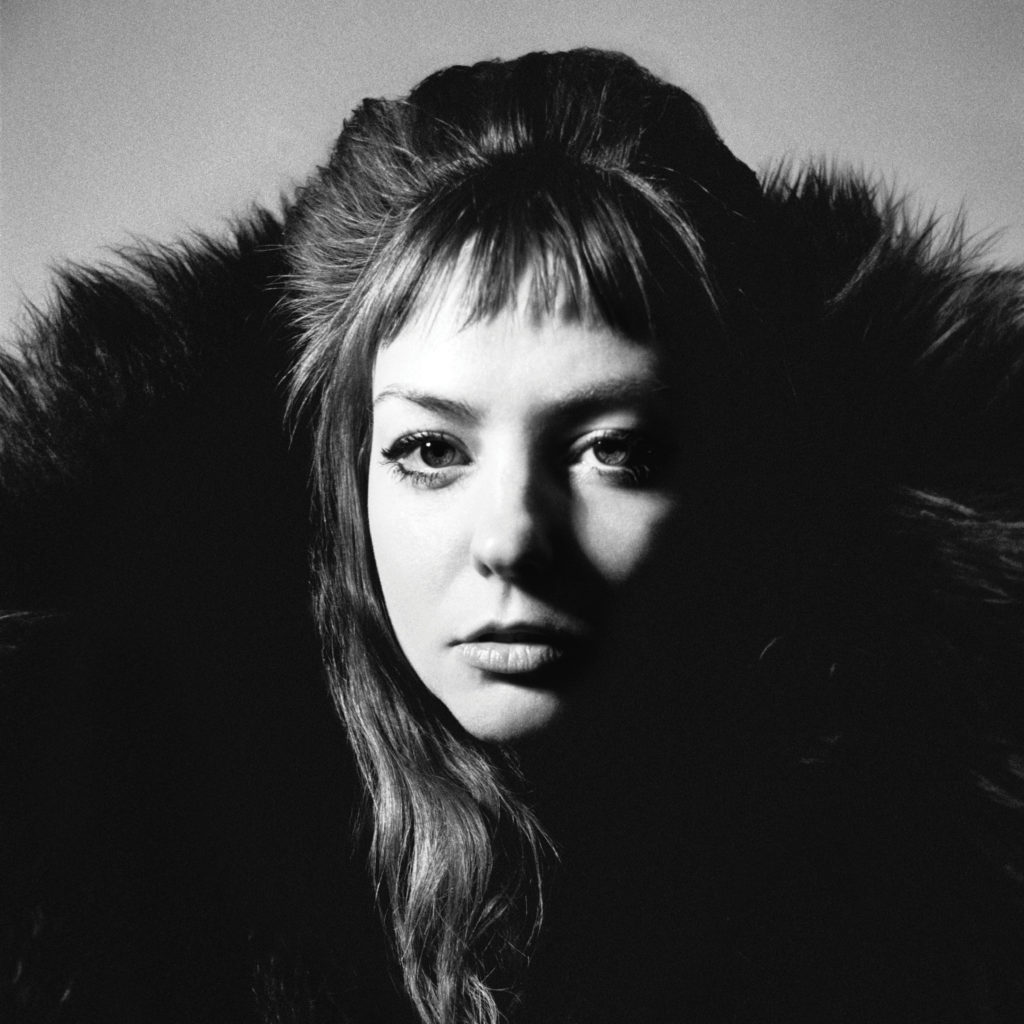
888
The breathtaking opening track from Angel Olsen’s outstanding 2019 album All Mirrors, “Lark” represented a sharp turn away from the intimate folk of her early work, and small band sound of 2016’s breakthrough, MY WOMAN. While it was a departure for Olsen, it stands as one of the high-points of her catalog.
Massive in scope, “Lark” is carried by its cinematic string arrangement – courtesy of Jherek Bischoff – which manages to match the expressive power of Olsen’s voice, particularly in the song’s climactic crescendo. It’s an arresting beginning to a consistently impressive record from one of the best singer/songwriters working today.
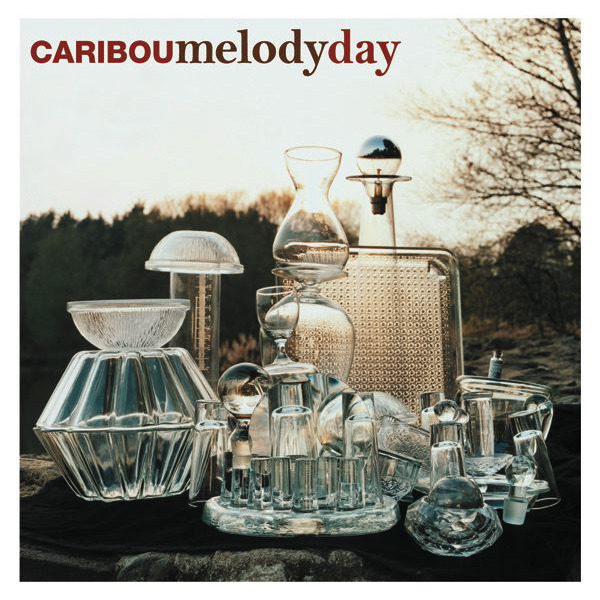
887
Caribou’s Dan Snaith has always worn his sixties-era psych influences on his sleeve, but 2007’s Andorra is where he leaned the furthest into those inspirations. Ultimately, it resulted in a record that rivals his peak, Up in Flames – released in 2003, while Snaith was still using the band name Manitoba.
Andorra‘s opener, first single, and finest moment, “Melody Day” is anchored by a crashing wave of thunderous drums and a driving fuzz bass. Overlaid atop that foundation are layers of glitchy electronics, warped guitar, and Snaith’s distant vocals. It’s a thoroughly dense track, but one that makes great use of its claustrophobic nature to create an eerily evocative atmosphere, as melodic as it is intense.
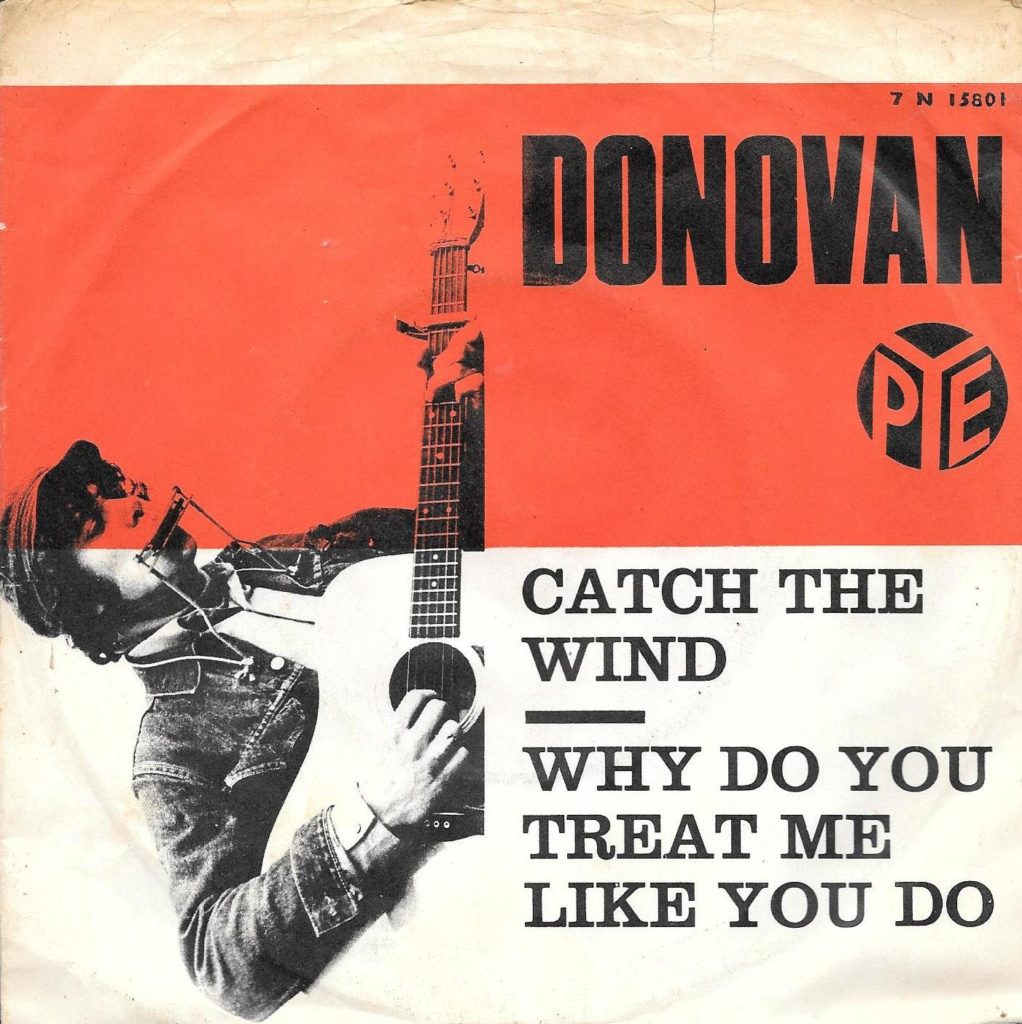
886
In the early days of his career, Scottish folk singer Donovan both benefitted from, and was dogged by, persistent comparisons to Bob Dylan. While his largely good-natured songwriting may have held some superficial stylistic similarities to Dylan’s early work, they cast him as something of a featherweight when compared to the folk vanguard.
The most impressive track that Donovan wrote before he merged his brand of folk with psychedelic pop, “Catch the Wind” was recorded three times in the sixties: once as his debut single; again for his first album; and lastly for his 1969 Greatest Hits compilation. It’s the original single version that stands as my favorite, as it finds a comfortable middle ground between the sparse album track and the slightly-overdone 1969 take.
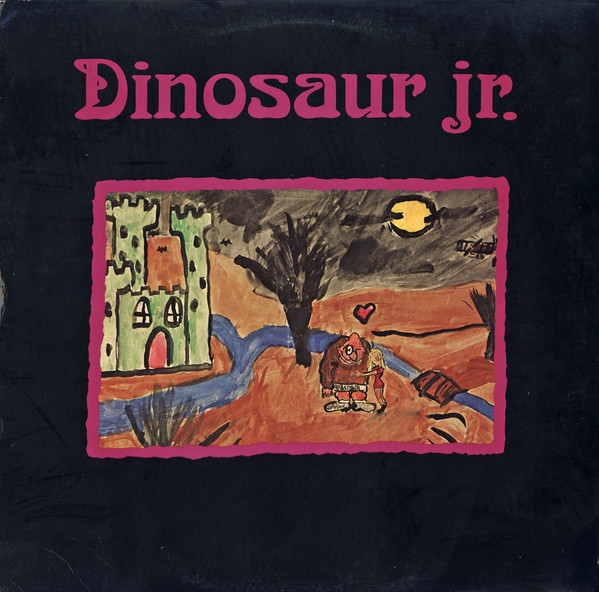
885
Don’t be scared away by the first thirty seconds of this song, which – by the way – are awesome too. After its pummeling opening, the lead track from Dinosaur Jr.’s classic 1987 album You’re Living All Over Me settles into the most tuneful – and dare I say, prettiest – melody of the band’s first stint together.
“Little Fury Things” announces itself with the full blast wah-wah pedal of underground guitar hero J Mascis, and though it lacks one of his signature solos, the song’s shoegazey theatrics illustrate why he was considered the cool virtuoso of the era. Mascis’ lead vocal – countered by the harmonies of Sonic Youth’s Lee Ranaldo in the chorus – helped to define his slacker charm that would be copied by countless followers in the decade to come.
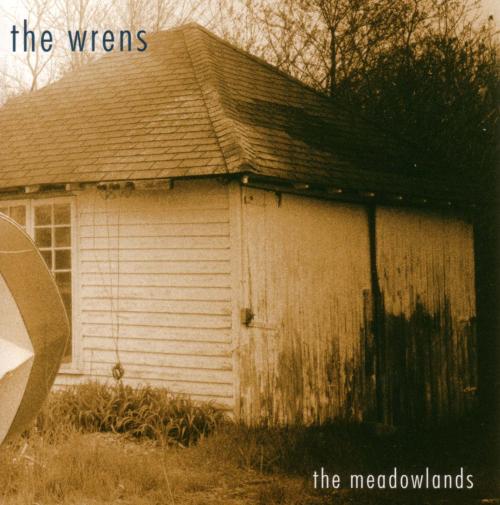
884
The centerpiece of their outstanding 2003 album, The Meadowlands, “This Boy is Exhausted” is arguably the most affecting track in The Wrens’ catalog. Detailing the tough-luck story of the New Jersey band, the song alludes to the many challenges that slowed the completion of its parent album: label/legal issues; writer’s block; and the resignation of having to take full-time jobs (“I can’t type, I can’t temp, I’m way past college”) to pay the bills.
Though vocalist Charles Bissell’s lyrics are best understood with the aid of liner notes, “This Boy is Exhausted” conveys the highs and lows of playing in a marginally-successful group with the weight of middle age bearing down. While Bissell’s nod to his bandmates – and their capabilities for a good live performance to provide him with a needed boost of confidence – are touching, it his admission that “every win on this record’s hard won” that is particularly resonant.
“This Boy is Exhausted” had the potential for a real-life happy ending. The Meadowlands was released to widespread critical acclaim, but it failed to provide the group with the financial security needed to become a full-time band again. They finished recording its follow-up in 2014, but that record remains untitled, and – as of this writing – unreleased.
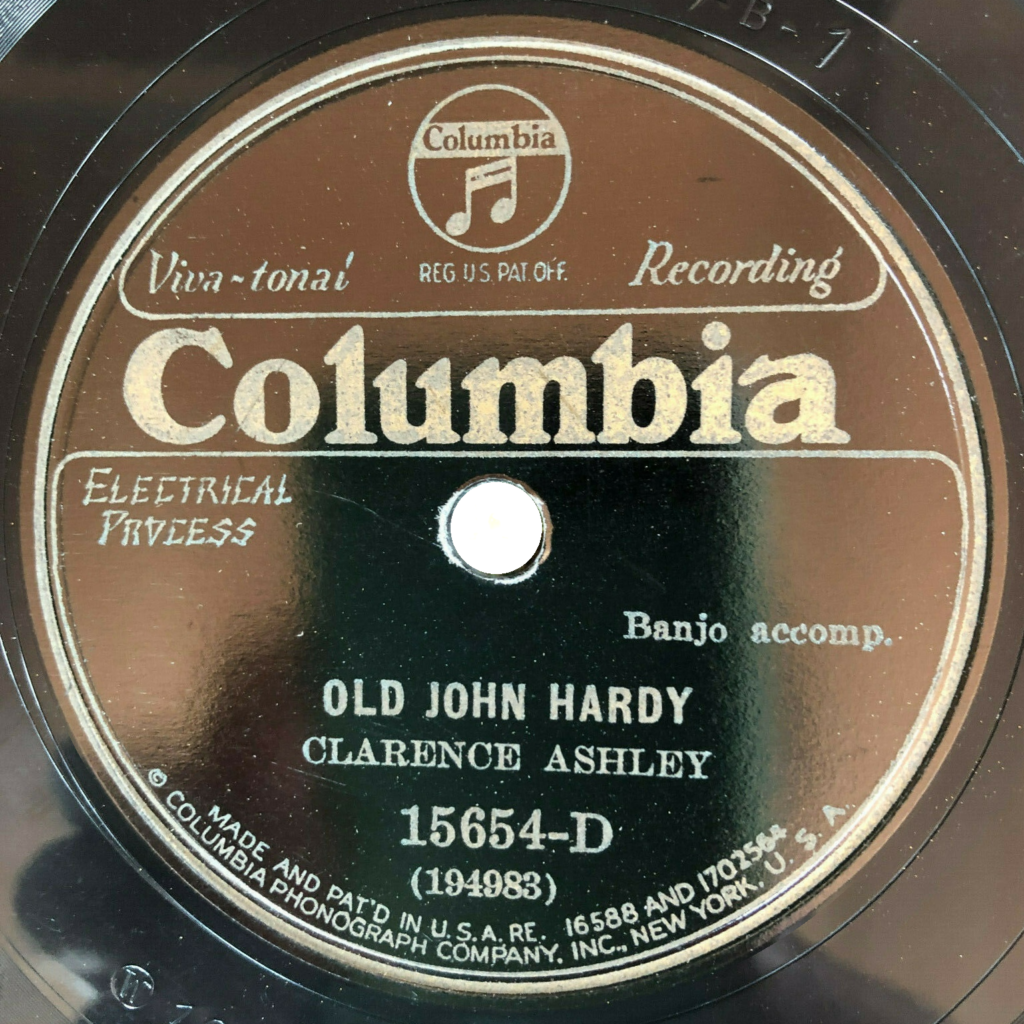
883
Clarence Ashley’s “The House Carpenter” was adapted from a Scottish ballad that dates back to the 17th century, called “The Daemon Lover.” Ashley’s haunting high vocal and clawhammer banjo performance make it one of the most alluring tracks on folklorist Harry Smith’s essential 1952 Anthology of American Folk Music.
A tragic tale of lost love, deception, and betrayal, “The House Carpenter” is arguably the Tennessee-born Ashley’s most recognizable track. Three decades after its recording, at the height of the folk revival of the early 1960s, Ashley would be championed by a new generation of folk musicians raised on Smith’s Anthology. It led to one of the most improbable comeback stories in American music, as the musician-turned-coal miner-turned-trucker returned to musical performance – appearing at folk festivals and even holding stage at Carnegie Hall.

882
The title track to the final album released during her tragically short lifetime, “Back to Black” is one of Amy Winehouse’s most intimate and revealing songs. Ostensibly about the ending of her marriage, the track alludes to the drug and alcohol addictions that would ultimately take her life in 2011 at the age of twenty-seven.
“Back to Black” was inspired by the sixties girl groups that Winehouse frequently expressed fondness for – particularly The Shangri-Las’ track, “Remember (Walking in the Sand),” from which “Back to Black” borrows its chord progression. While it’s an undoubtedly dark song – with a depressing video to match – it shows the remarkable talent that is often overlooked in discussions of its troubled creator.
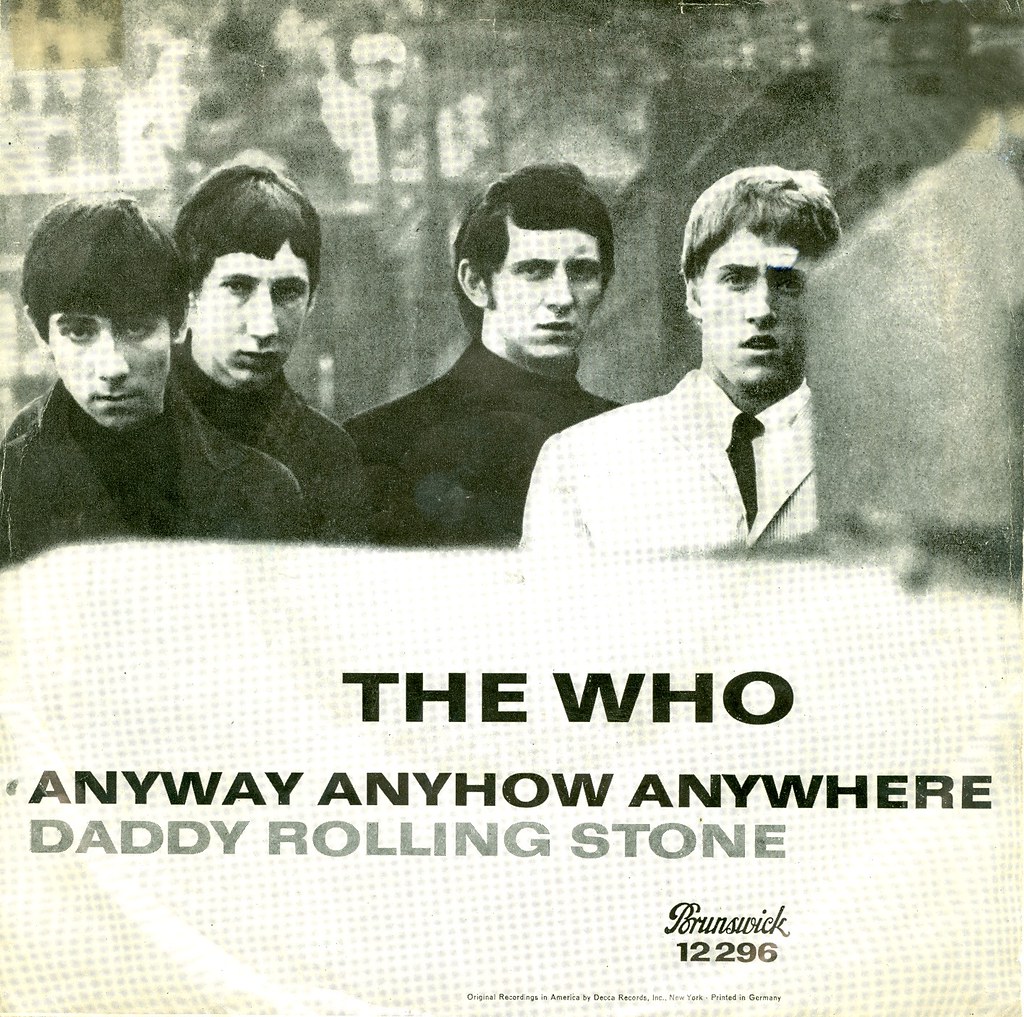
881
For my money, there is little in the history of popular music that surpasses the early singles of The Who. Featuring the group’s remarkably explosive musicianship and Pete Townshend’s excellent song craft, these singles are the perfect embodiment of the indomitable spirit and inherent “danger” of rock music at its peak.
One of the best of these tracks, The Who’s second single, “Anyway, Anyhow, Anywhere” was a rare collaborative songwriting effort between Townshend and lead vocalist Roger Daltrey. While Daltrey’s lyrics speak of liberation, it’s the track’s musical aspects that truly see the group breaking down barriers, bringing the unpredictability of their already-legendary live show into the studio.
This quality is most apparent in the song’s chaotic instrumental mid-section. Keith Moon’s unhinged drum fills hold down the fort (barely), while Townshend coaxes more feedback from his amplifier than had ever been captured in a pop recording before. To many, it was simply noise. To The Who, and countless bands that followed in their wake, it was the sound of freedom – the sound of new doors opening for the first time.


